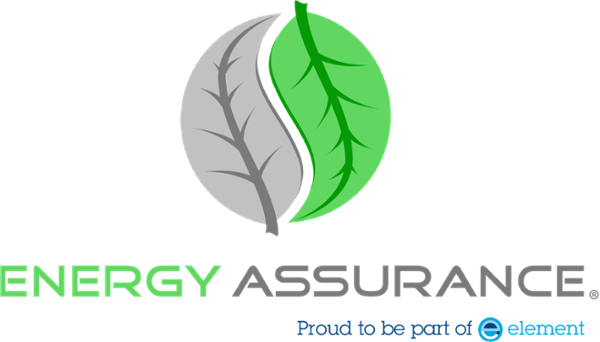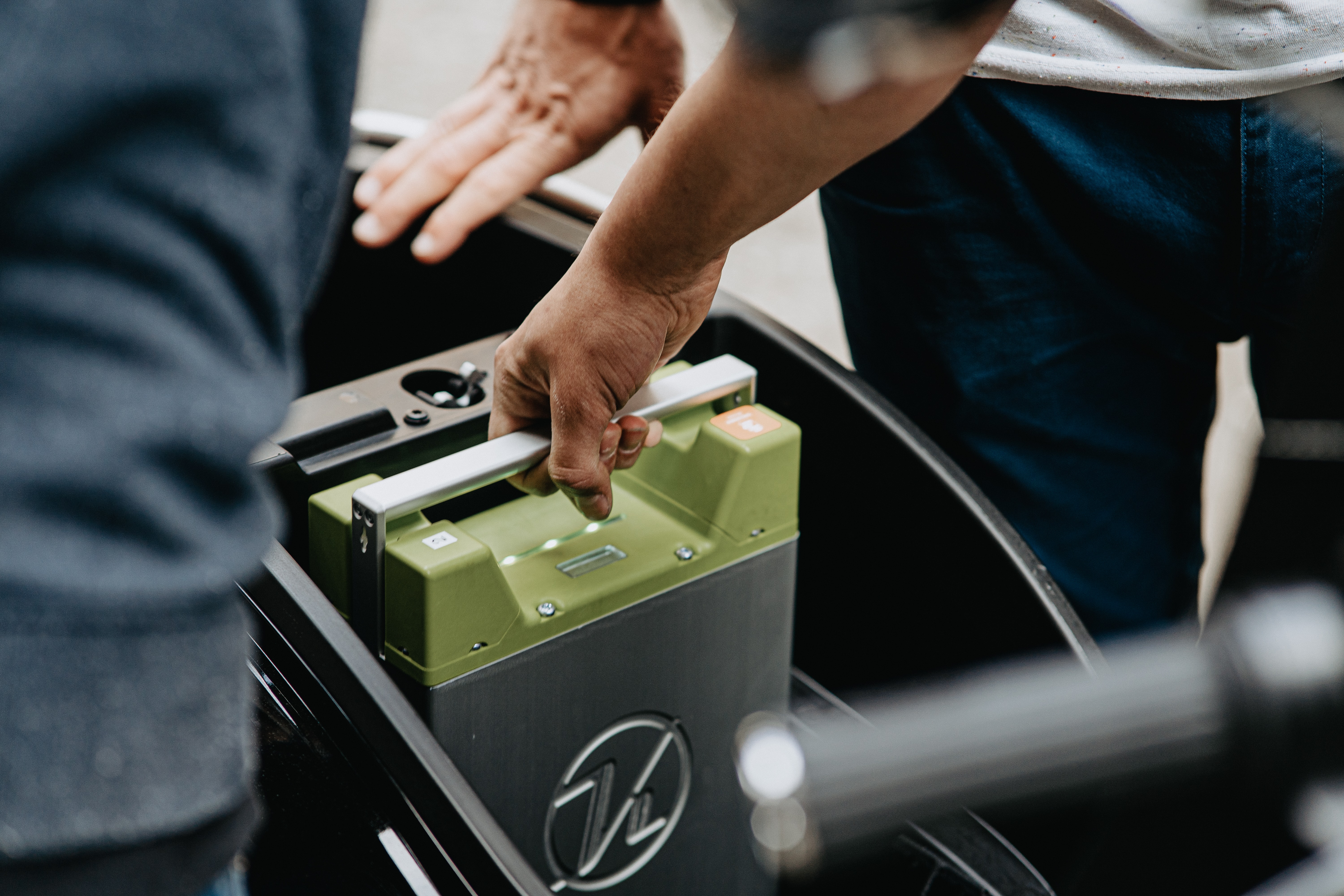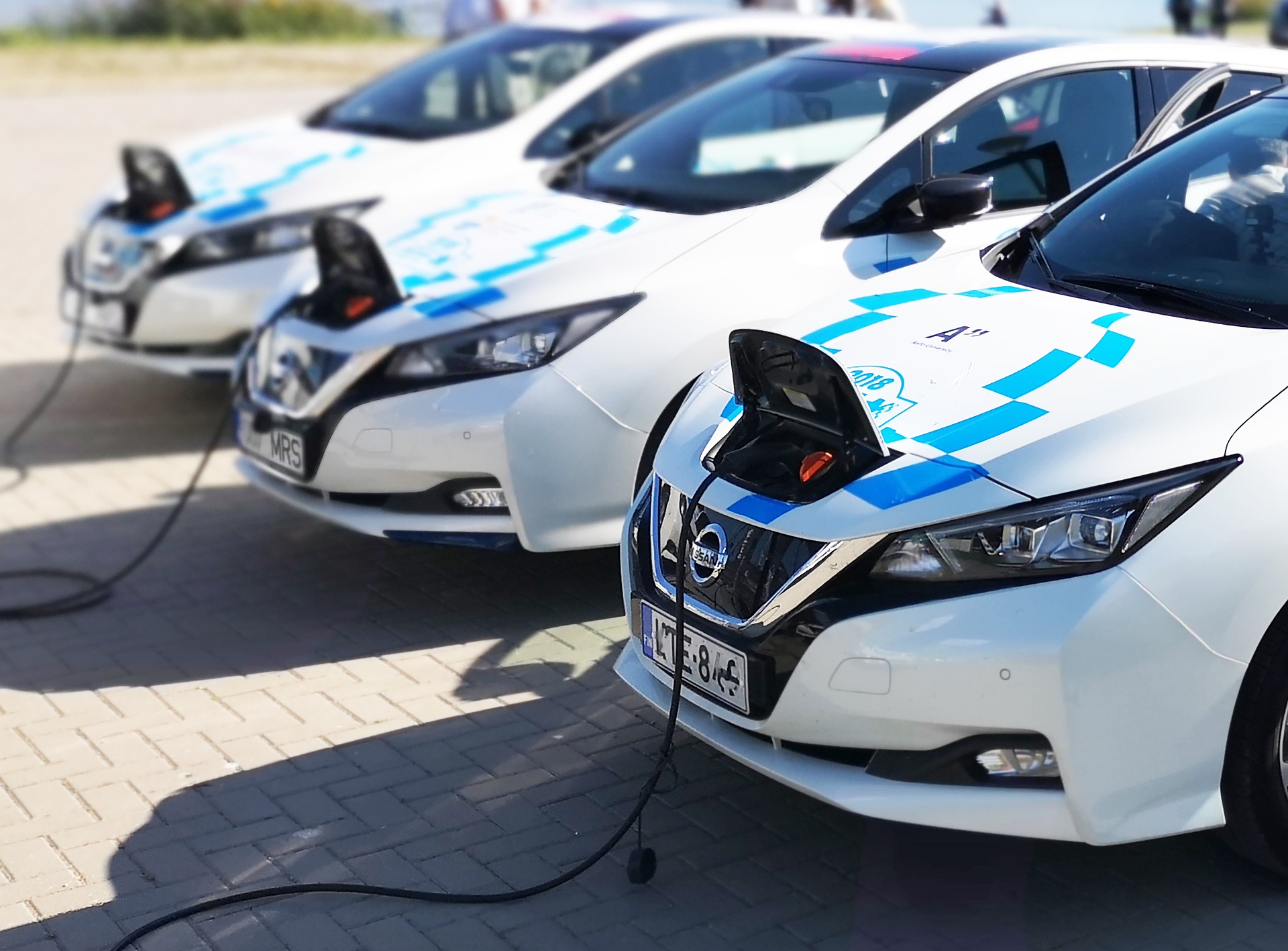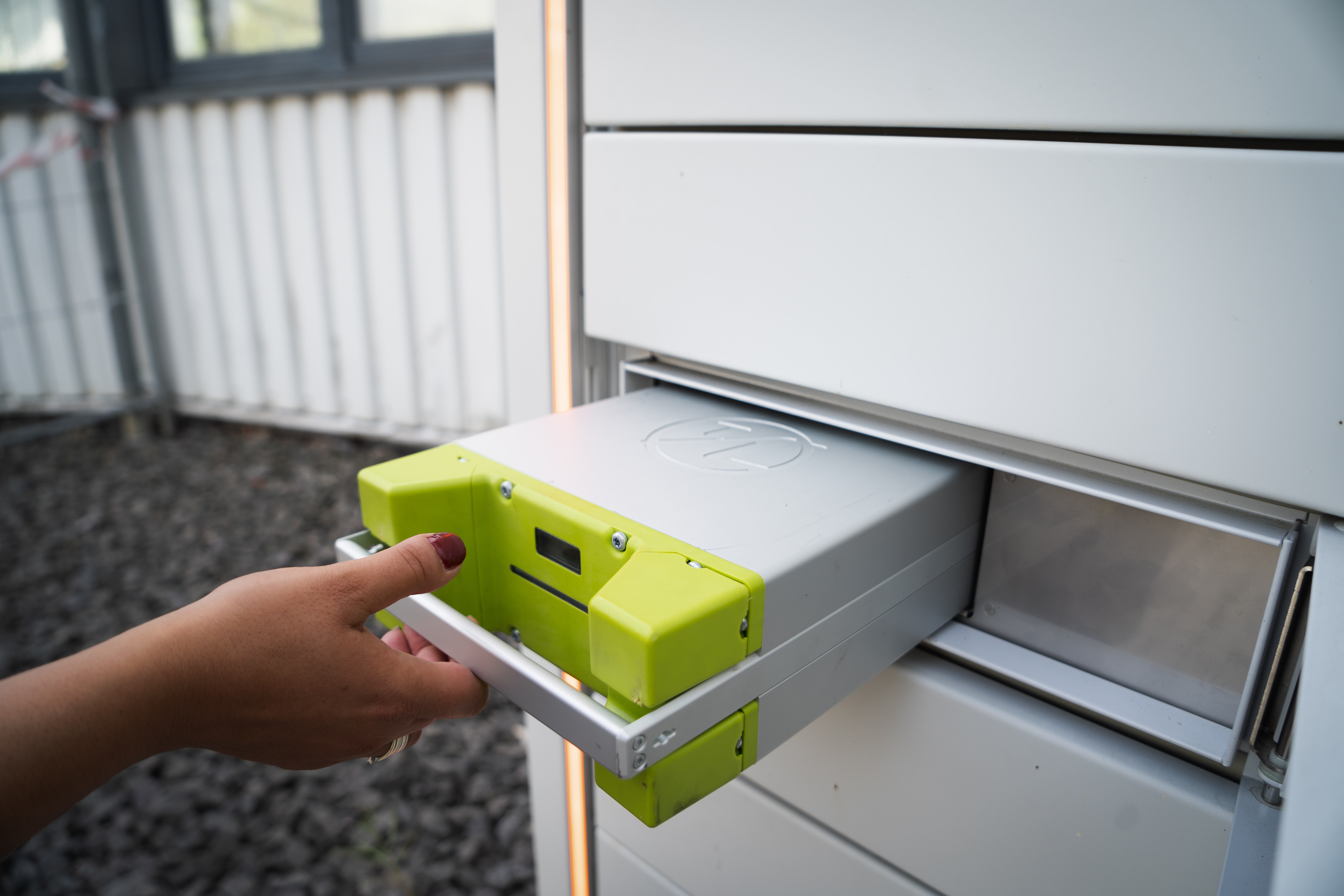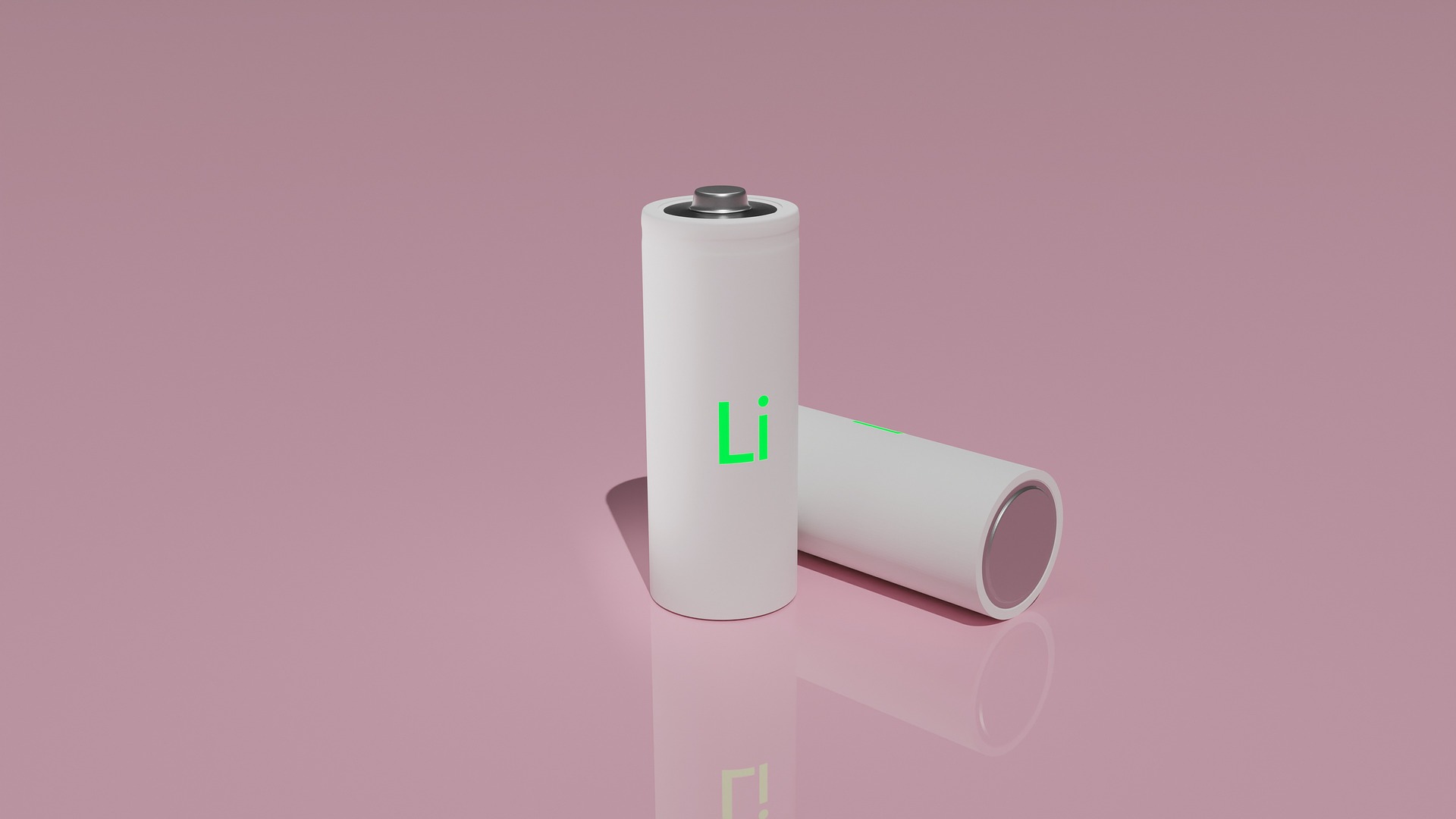
Have current generations of lithium-ion batteries reached their performance limits? A number of innovators and manufacturers in the space seem to think so, arguing that improvements to solid electrolytes, as well as new liquid electrolyte formulations, can make considerable positive impacts on Li-ion batteries going into the near future.
This segment will discuss the incremental improvements being made to liquid electrolyte systems and the battery industry, the companies currently at the forefront of electrolyte innovation, safety and performance improvements offered by these updated technologies, and what this means for Li-ion batteries going forward.
Incremental Improvements to Liquid Electrolyte Systems
Solid electrolytes have been at the forefront of attention regarding electrolyte formulations and lithium-ion battery technologies. What many don’t realize is that innovative new electrolyte formulations, as well as new additives, have the potential to offer increased improvements in liquid electrolyte systems, increasing battery performance and improving safety in the process.
The improvements we’re seeing today in liquid electrolyte systems have been shown to reduce vapor pressure and improve thermal stability, making a technology often overlooked for its more attractive solid-state counterparts a feasible alternative in the near future.
Companies on the Forefront of Electrolyte Innovation
Several companies have been working on brand-new innovations and improvements in electrolyte formulations, both for liquid electrolyte systems and the solid electrolytes we hear about on a consistent basis. New Dominion Enterprises has been working on developing new electrolyte solvents and additives in order to improve the safety and performance of these systems in operation.
Due to increased interest in electric vehicles (EVs), the solid-state battery market has captured the attention of vehicle manufacturers making their transitions to electric vehicle models in their lineups. This market is expected to grow to over $8 billion by the year 2031.
Safety and Performance Improvements
Battery testing and improvements in electrolyte formulations for lithium-ion battery applications have allowed for increased safety and improved performance. Specifically, when phosphorous-nitrogen compounds and phosphazenes were used to develop new solvents and electrolyte additives, it was seen that thermal stability was improved, vapor pressure was reduced, and SEI formation improved in the process.
Continuing on this path would allow the traditional organic solvents used in electrolyte systems to be completely replaced with these new electrolyte formulations.
What New Electrolyte Formulations Can Mean for You
Even if our current generation of lithium-ion batteries is nearing their performance limits, the improvements offered by updated solid electrolytes and new electrolyte formulations can potentially transform Li-ion battery technologies and bring us closer to a more energy-efficient future.
While liquid electrolyte systems pose incremental improvements, the safety improvements and increased thermal stability of these formulations also cannot be overlooked. As we continue to innovate and develop new electrolyte formulations, it is not unreasonable to expect to break current performance thresholds and develop a new and improved Li-ion generation of batteries and battery systems.
If you have any questions about new electrolyte formulations or would like to discuss Li-ion batteries and their performance, schedule a consultation with Energy Assurance today.
